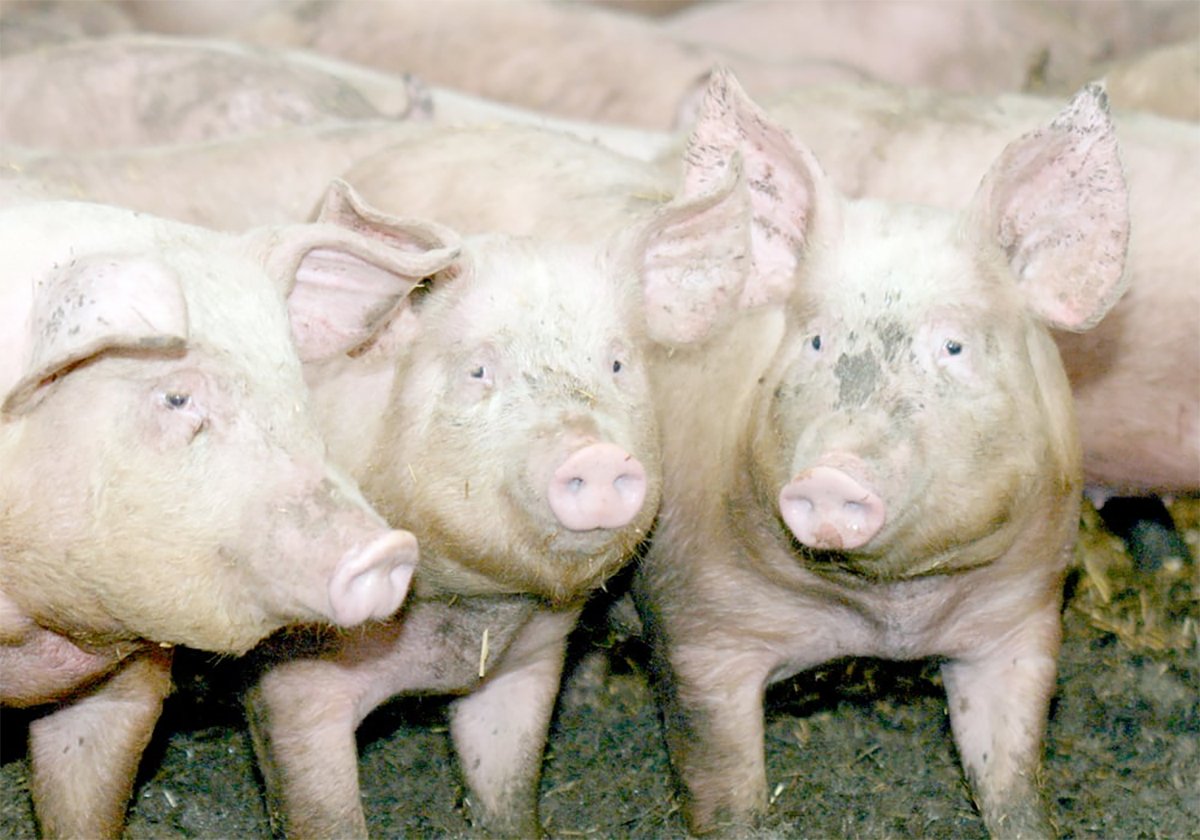LETHBRIDGE, Alta. – If Alberta feedlots are to expand to finish four million head of beef cattle annually, some people are asking where the extra steers will come from.
The provincial government is encouraging major expansion because it believes the beef sector is a regional rather than a provincial industry.
In 1998, the province has the capacity to feed one million head at a time with a turnaround of 2.5 million head a year. In 1997 Alberta fed 2.2 million head.
Alberta feedlots already draw cattle from the other western pro-vinces. With the growing need to keep pens full, they must look southward, said Dale Engstrom of Alberta Agriculture.
Read Also

The Western Producer Livestock Report – November 13, 2025
Western Producer Livestock Report for November 13, 2025. See U.S. & Canadian hog prices, Canadian bison & lamb market data and sales insights.
Scanning the western provinces and the states of Montana, Washington, Idaho and the Dakotas, there are 5.86 million feeders available, Engstrom told the International Beef Symposium held in Lethbridge last week.
“Idaho and Washington have existing feeding industries and they are not likely going to want to share those calves with Alberta,” he said. The best bet is Montana.
Restrictions relaxed
The North West Cattle Project, started last October to allow the freer movement of feeders from northern states into Canada without additional health tests, was designed to encourage more international cattle movement.
But less than 1,000 head have been placed in only one Alberta feedlot since the project started.
The province’s beef and dairy group recently released a study that said Alberta has the resources to handle beef expansion goals.
“Doubling of the beef feeding industry is not constrained by resource limitations, in our opinion,” Engstrom said.
The Alberta cow-calf population changed during the beef cycle of 1989-95.
In 1989, according to Alberta Agriculture, most cow herds were 78 to177 head. By 1993, most herds had more than 272 head and many were well over 500. That means 1.4 million feeders are potentially available.
The study, Resources for Beef Industry Expansion in Alberta, said the greatest constraint to further expansion is pasture capacity. Producers need to improve productivity on tame pastures, because native range is already at capacity, said the report.
If the feedlot sector doubles, there will be enough grain grown on the Prairies to supply the industry. Its current need for 1.75 million tonnes of grain annually is already met by drawing barley from across the Prairies.
Environmental problems dealing with improper manure disposal and water contamination may be the main constraint to expansion, said the report.















